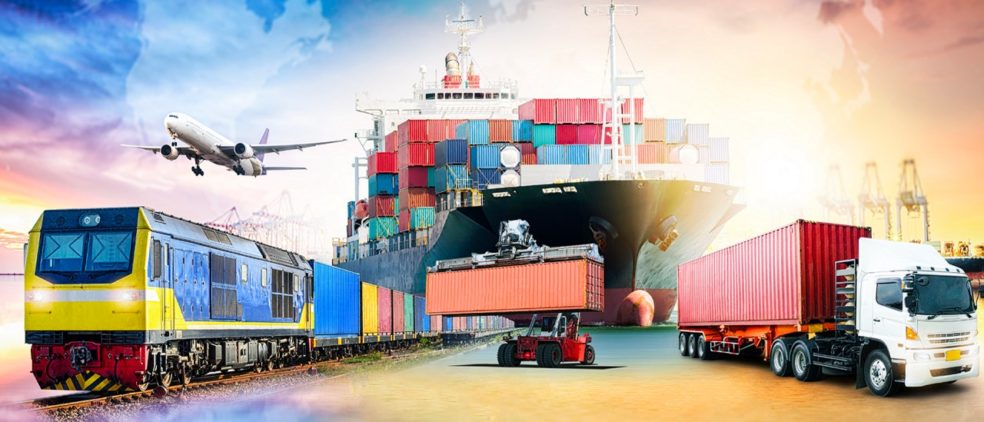International maritime transport: Overview of containerisation on Asian routes
As shipping companies had anticipated a significant drop in demand from the beginning of the Chinese lockdown and so as to maintain stable freight rates, they very quickly implemented they measures available to them to take up excess supply, i.e. cancelling sailings, “blank sailing”.
On the world’s busiest shipping route, between Asia and Northern Europe, capacity fell 38% over the week from 20 to 25 April. The forecast for May and June and for 7 consecutive weeks is for 20% new service withdrawals, including 3 weeks at more than 35%. So this will bring us to an average of 60% less capacity on this route over the next 2 months.
On the Northern Europe – Asia maritime transport route, some shipping companies are starting to slow down their journeys, enabling them to skip a week on their return to Asia and others are taking the option of sailing via the Cape of Good Hope.
Transit times are therefore extended, which can increase storage costs for shippers, since the goods take longer to arrive. Nonetheless, the Suez Canal authorities have decided, in order to stem the operating loss, to offer better commercial terms to shipping companies until the end of June. It remains to be seen whether these cost reductions will be sufficiently attractive to shipping companies. Remember, passing through the Suez Canal has an average unit cost per vessel of about €500,000.
Pricing for international maritime transport
Prices are remaining surprisingly stable for both import and export flows. This is explained by the fact that the price of a barrel of oil is at a historically low level but also by the fact that shipping companies are extending their transit times and so using less fuel. Nonetheless, we have to stay alert from July onwards, a period when we should see economic recovery in all European countries and continued recovery of China’s production. To date, despite the blank sailings, the filling level for container ships departing from China is 70%.
The “boomerang” effect will appear if shipping companies don’t put their entire fleet back into service at that time: demand will exceed supply and will lead to increased prices on both import and export routes.
Share this post


